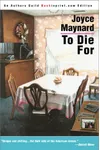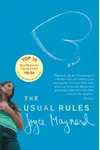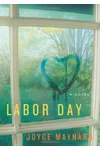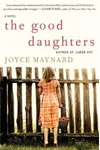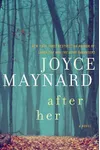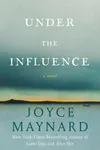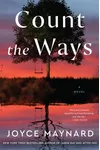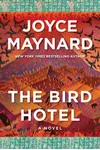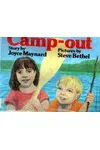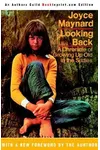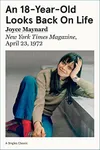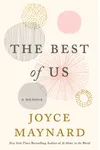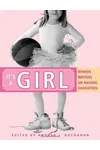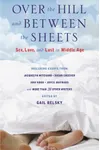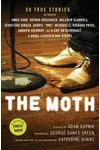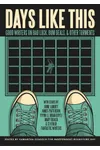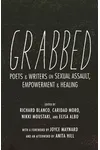Picture a New Hampshire-born storyteller who bared her soul in a memoir that shook the literary world—meet Joyce Maynard! At just 18, she captivated readers with a New York Times cover story, launching a career that spans journalism, novels, and raw, heartfelt memoirs. From her controversial relationship with J.D. Salinger to her acclaimed novels like To Die For and Labor Day, Maynard’s storytelling blends vulnerability and resilience, making her a unique voice in contemporary American literature.
Now in her 70s, Maynard continues to inspire as a Yale graduate, memoir workshop leader, and prolific author whose latest works, like Count the Ways, explore family, loss, and redemption with unflinching honesty. Ready to dive into her world? Let’s explore the life and legacy of this literary trailblazer.
The Making of Joyce Maynard
Born on November 5, 1953, in Durham, New Hampshire, Joyce Maynard grew up in a creative household. Her mother, Fredelle, was a journalist and teacher, while her father, Max, was a painter and English professor. Writing came early—by her teens, Maynard was penning pieces for Seventeen magazine and earning Scholastic Art and Writing Awards. At Yale in 1971, her bold submission to The New York Times Magazine led to her seminal article, “An Eighteen-Year-Old Looks Back on Life,” which caught the eye of none other than J.D. Salinger, sparking a pivotal and controversial chapter in her life.
This relationship, which led her to leave Yale and live with Salinger in 1972, shaped her early memoir, Looking Back (1973). Despite the fallout, Maynard’s determination propelled her into a multifaceted career, blending journalism for The New York Times and a syndicated “Domestic Affairs” column with her growing fiction portfolio.
Joyce Maynard’s Unforgettable Stories
Maynard’s writing is a tapestry of raw emotion, sharp wit, and relatable human struggles. Her first novel, Baby Love (1981), explored young love and motherhood with a tender yet unflinching lens. Her breakout, To Die For (1992), inspired by the Pamela Smart murder case, became a cultural touchstone, adapted into a 1995 film starring Nicole Kidman. The novel’s satirical take on ambition and media frenzy remains chillingly relevant.
Labor Day (2009), a poignant coming-of-age tale, was adapted into a 2013 film with Kate Winslet and Josh Brolin, showcasing Maynard’s knack for crafting intimate, emotionally layered stories. Her 2021 novel, Count the Ways, traces a family’s journey through love, tragedy, and reconciliation, earning praise for its vivid characters and heartfelt prose. Maynard’s memoirs, notably At Home in the World (1998), reveal her personal evolution, from her Salinger days to her role as a mother and advocate, despite fierce backlash for its candor.
Her style—conversational yet profound—tackles themes of family, identity, and resilience. Whether through fiction or nonfiction, Maynard invites readers into her world with a voice that’s both intimate and universal, making her stories resonate across generations.
Why Joyce Maynard Matters
Joyce Maynard’s impact lies in her fearless honesty. Her willingness to share personal truths, even at great cost, has paved the way for confessional writing, inspiring authors and readers to embrace vulnerability. Her novels and memoirs resonate with book clubs and young readers alike, offering insights into the complexities of human relationships. As a mentor, she founded the Lake Atitlan Writing Workshop in Guatemala, nurturing new voices in memoir writing.
Her return to Yale at 65 to complete her degree symbolizes her resilience, proving it’s never too late to rewrite your story. Maynard’s work continues to challenge societal norms, blending literary depth with accessibility, and her legacy as a storyteller endures in both her words and the writers she inspires.
- Born: November 5, 1953, Durham, New Hampshire
- Key Works: At Home in the World, To Die For, Labor Day, Count the Ways
- Notable: Fellow of The MacDowell Colony and Yaddo
Snag Count the Ways or At Home in the World and dive into Joyce Maynard’s heartfelt, unapologetic storytelling—you won’t put it down!

